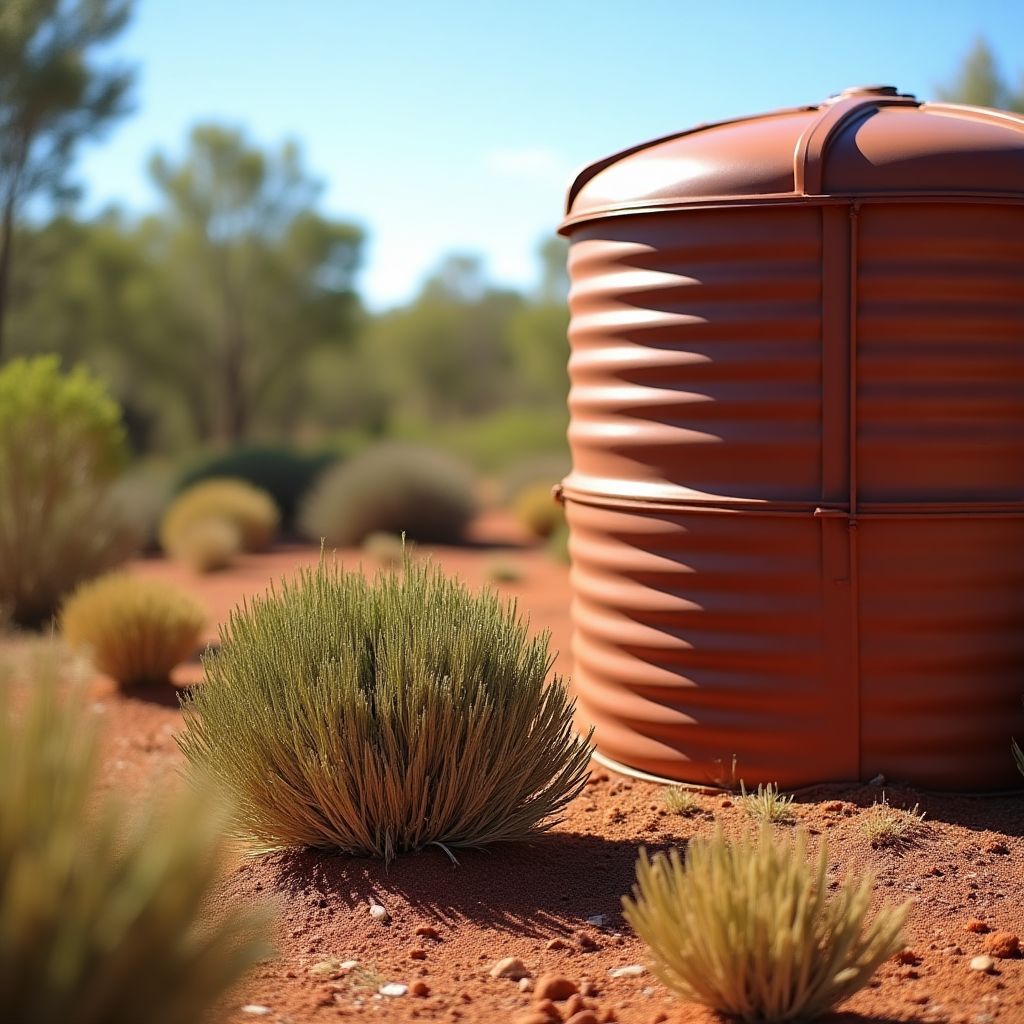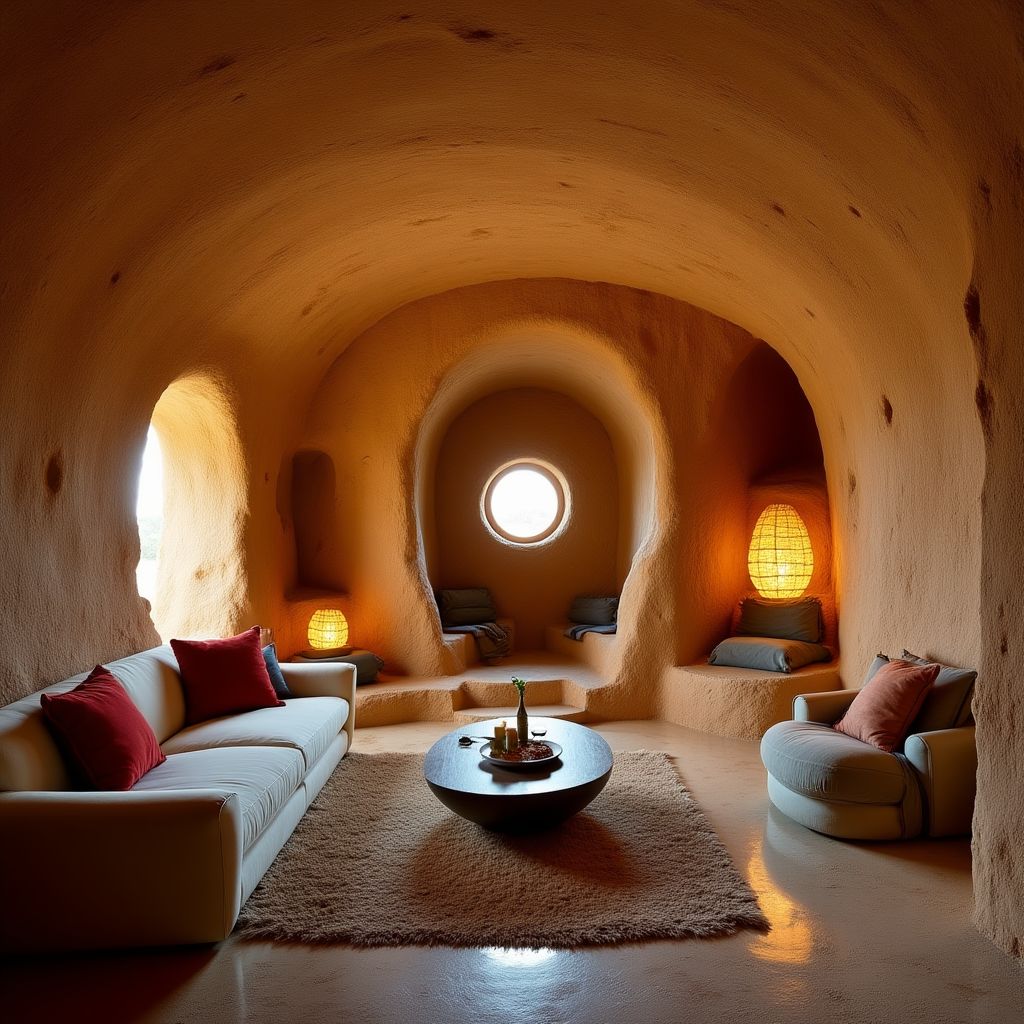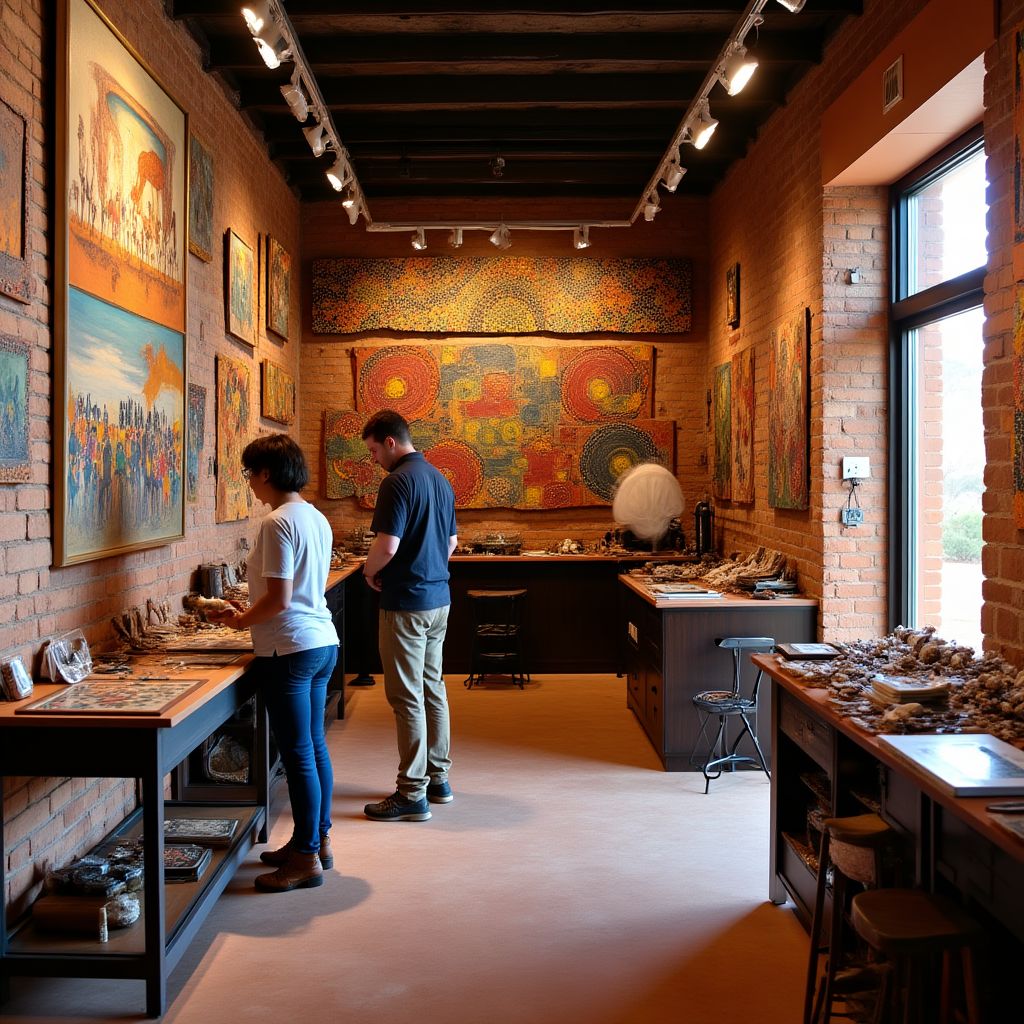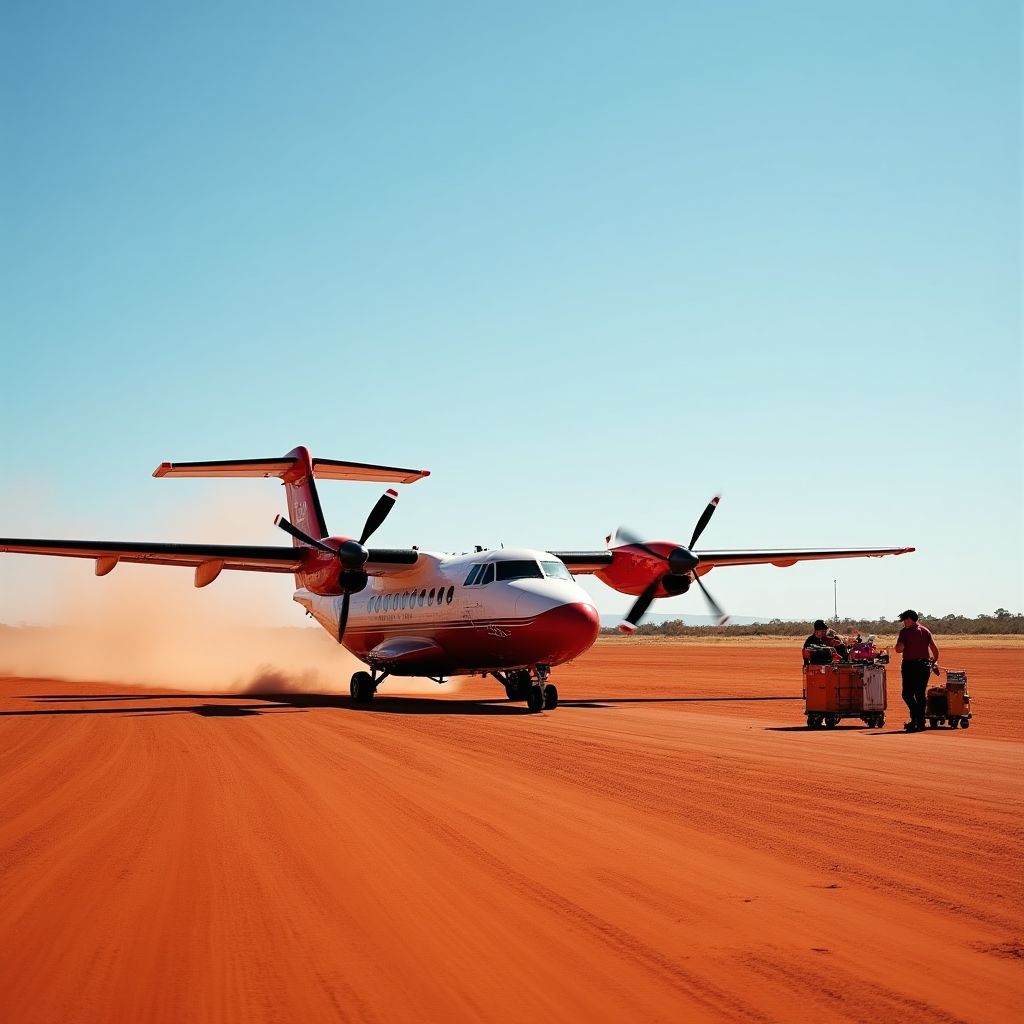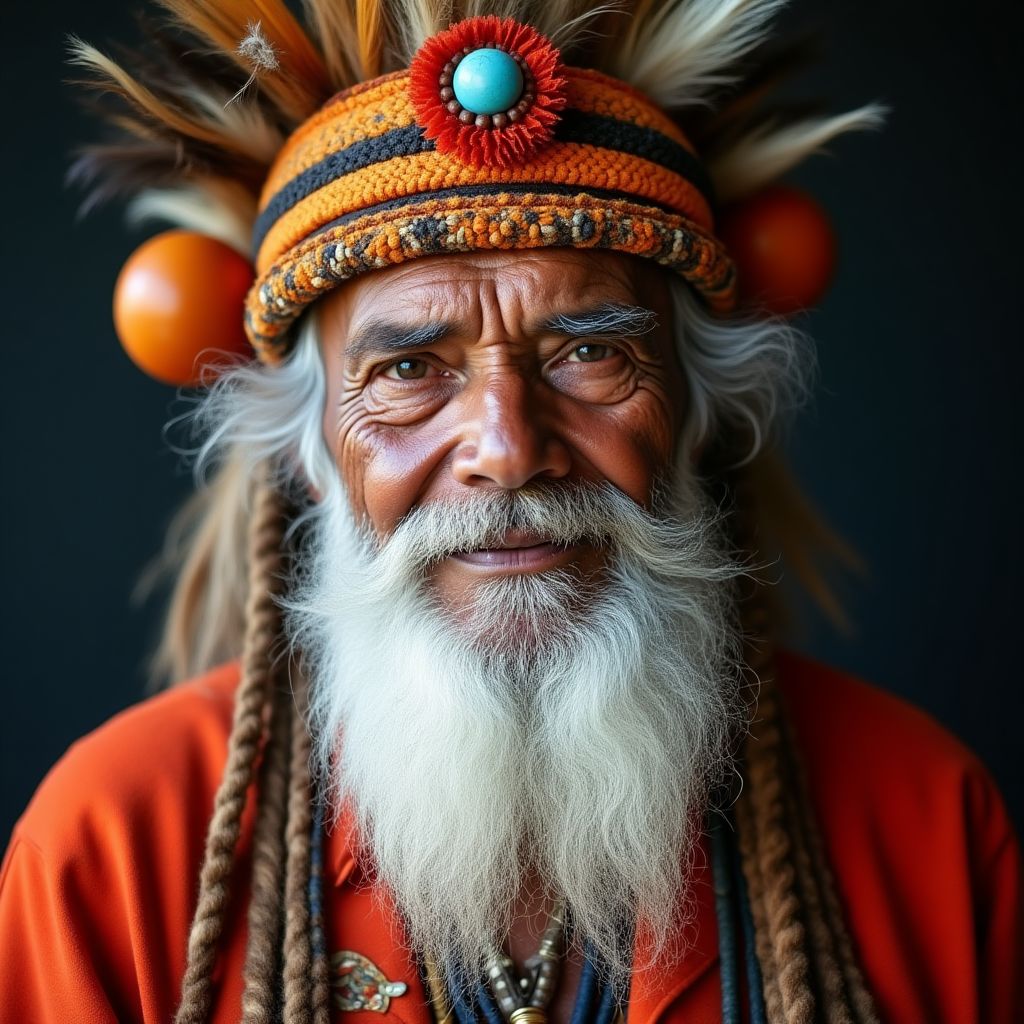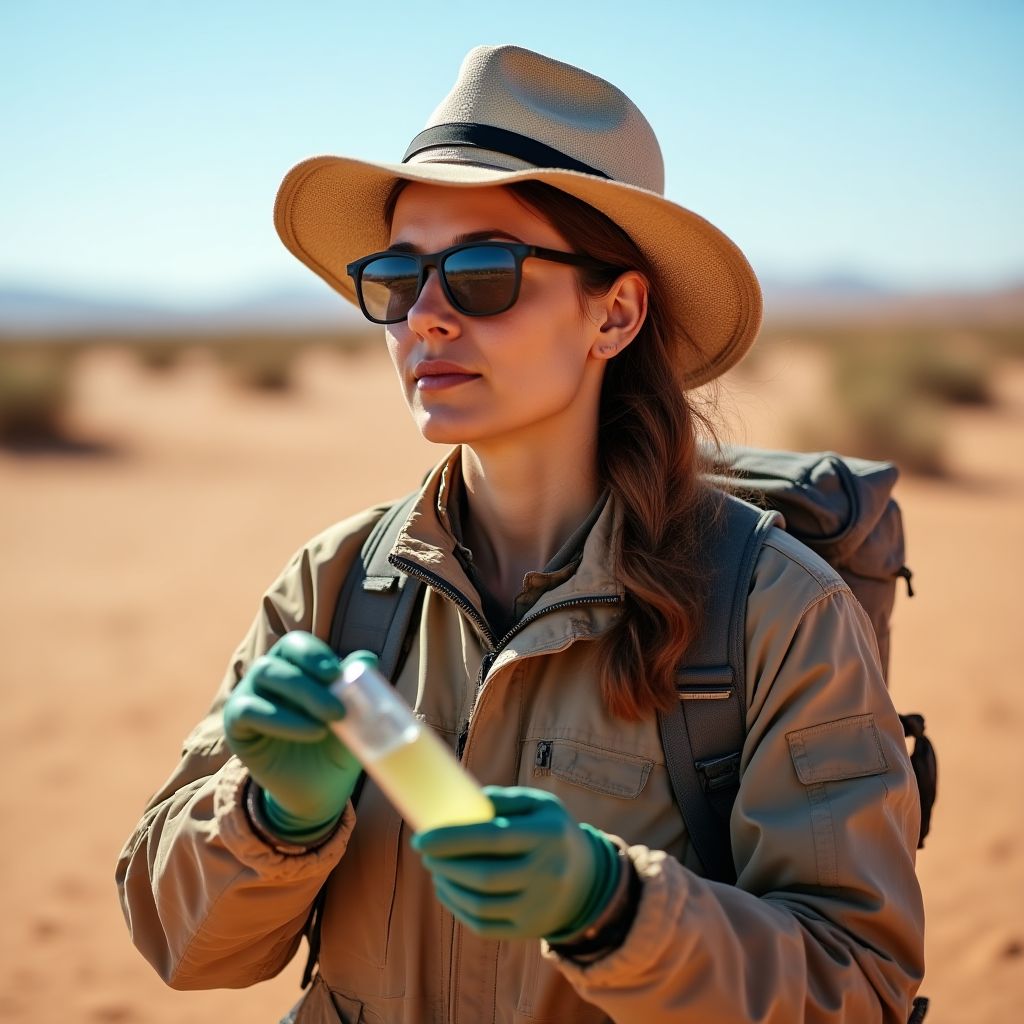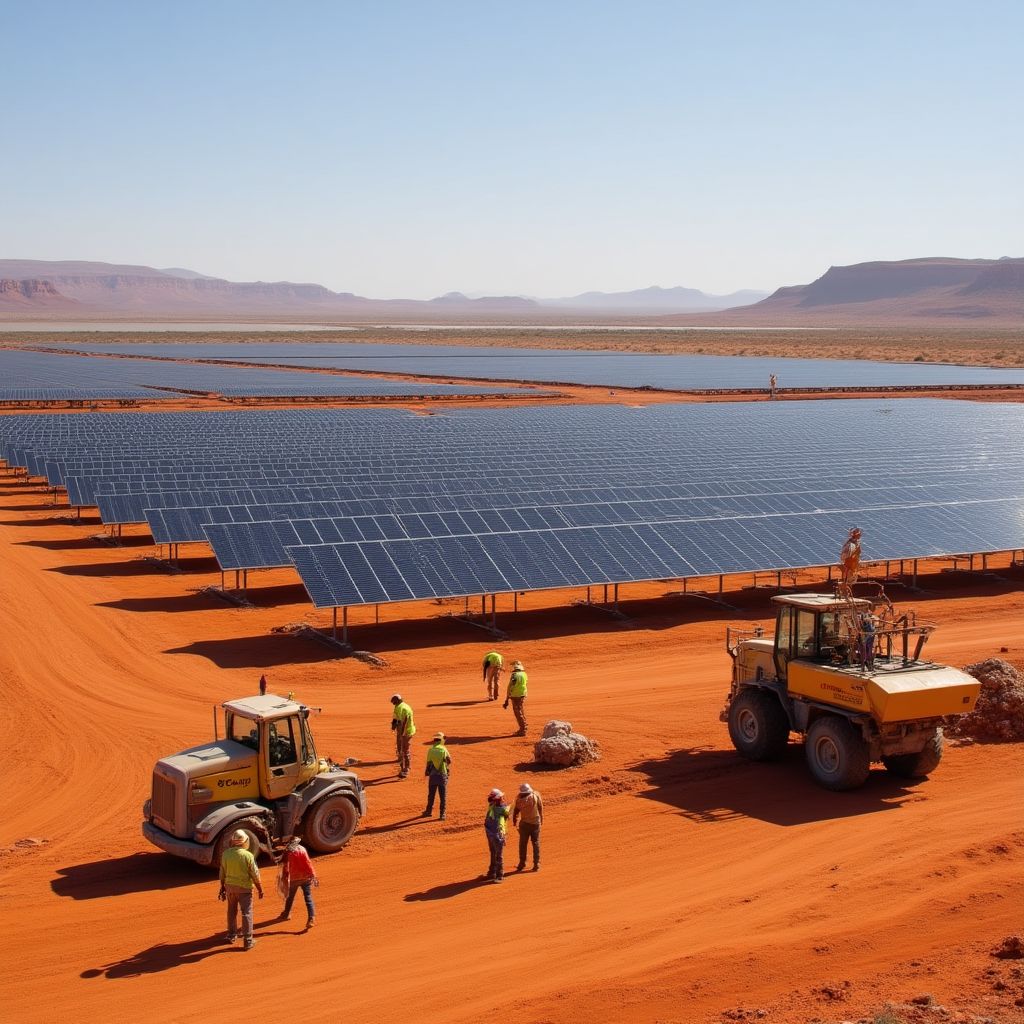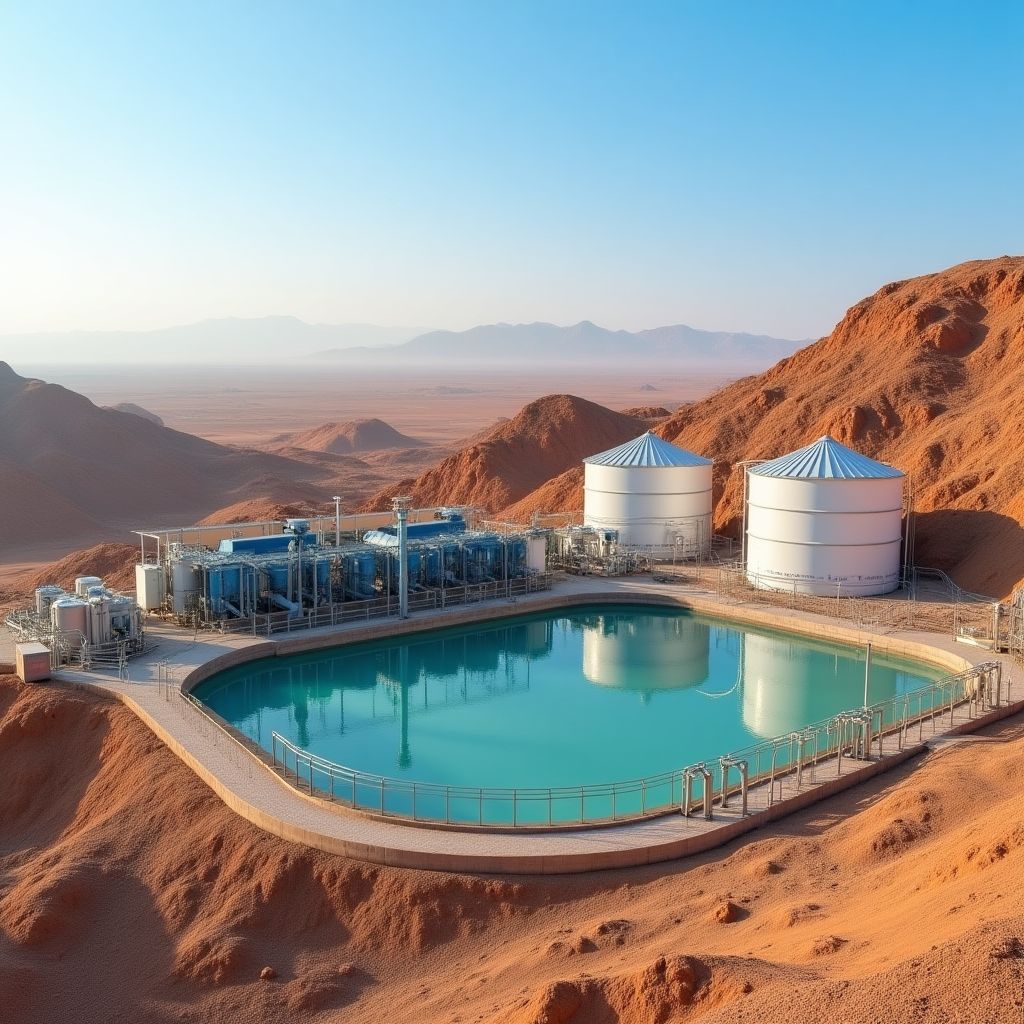Life in the Australian Outback
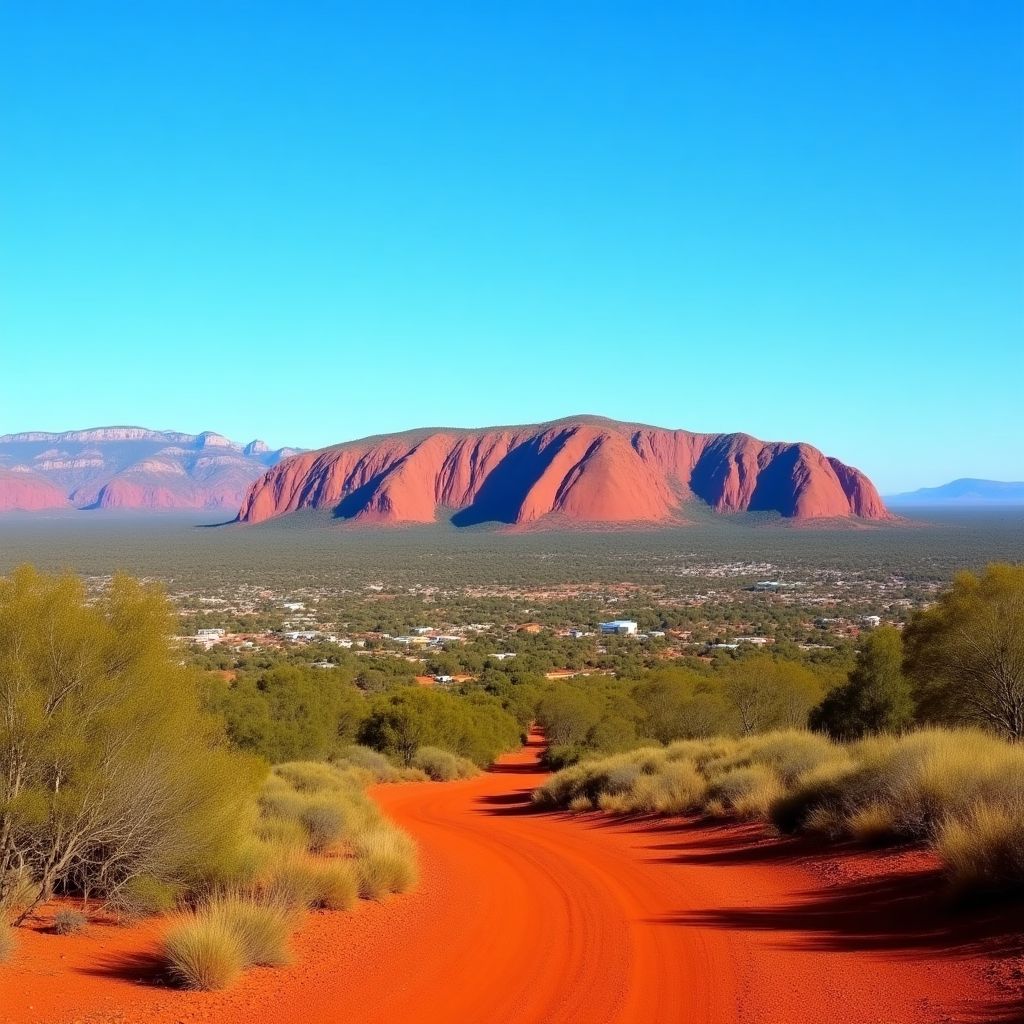
Surviving and Thriving in the Harsh Desert
The Australian desert towns of Alice Springs and Coober Pedy represent remarkable examples of human adaptation and resilience. Situated in some of the most challenging environments on Earth, these communities have developed unique solutions to survive the extreme heat, scarce water resources, and isolation that characterize life in the outback.
Alice Springs, located in the heart of Australia's Red Centre, serves as a vital hub for the surrounding 1.3 million square kilometers. With temperatures regularly exceeding 40°C (104°F) in summer and dropping below freezing in winter nights, residents have adapted their daily routines, architecture, and social practices to the rhythms of desert life.
Coober Pedy, known as the "opal capital of the world," presents perhaps the most fascinating adaptation to desert living: underground homes. Up to 80% of residents live in "dugouts" carved into the hillsides, maintaining a constant temperature of 23-25°C year-round without the need for air conditioning or heating, making it an early example of sustainable desert architecture.
